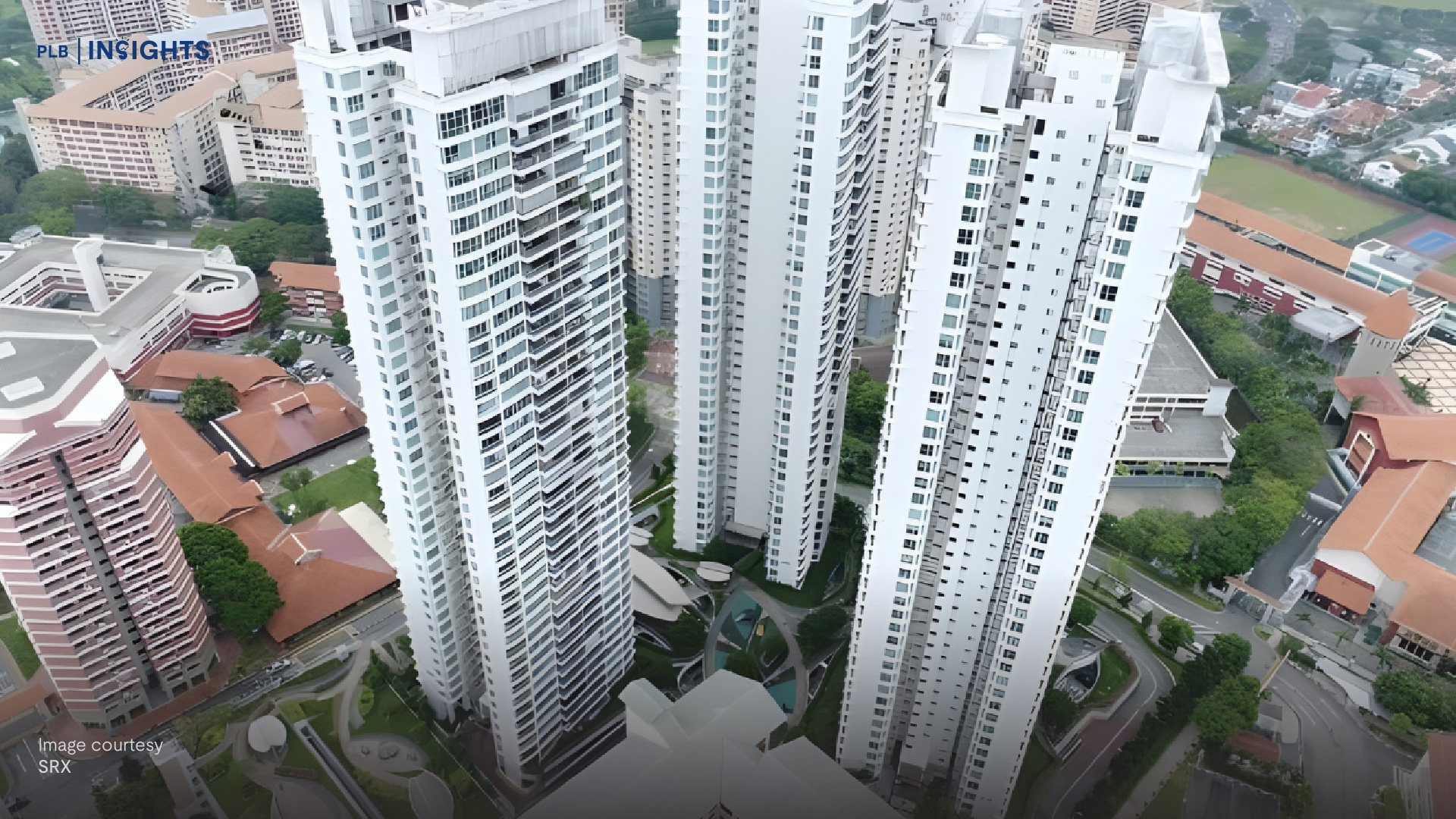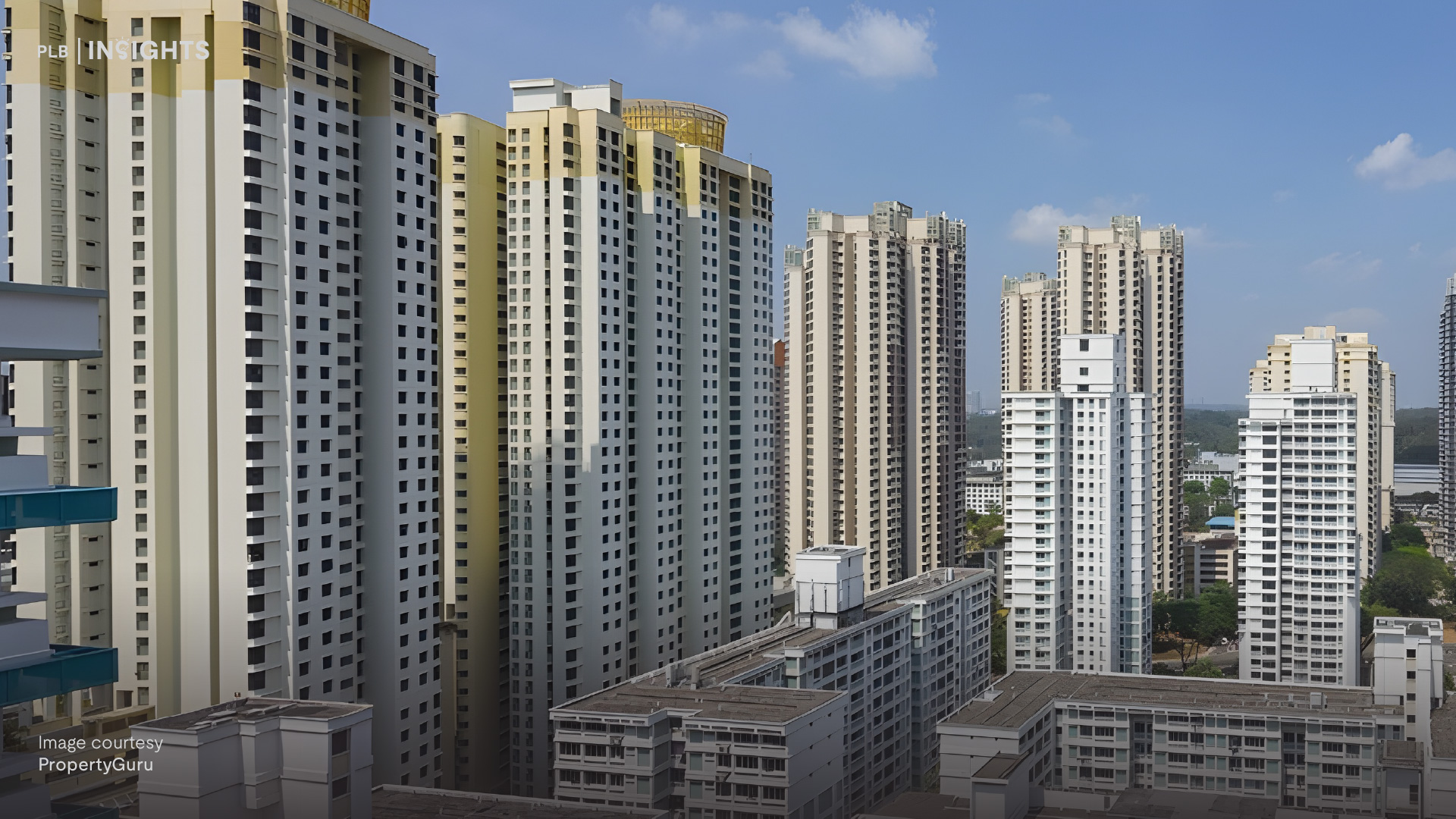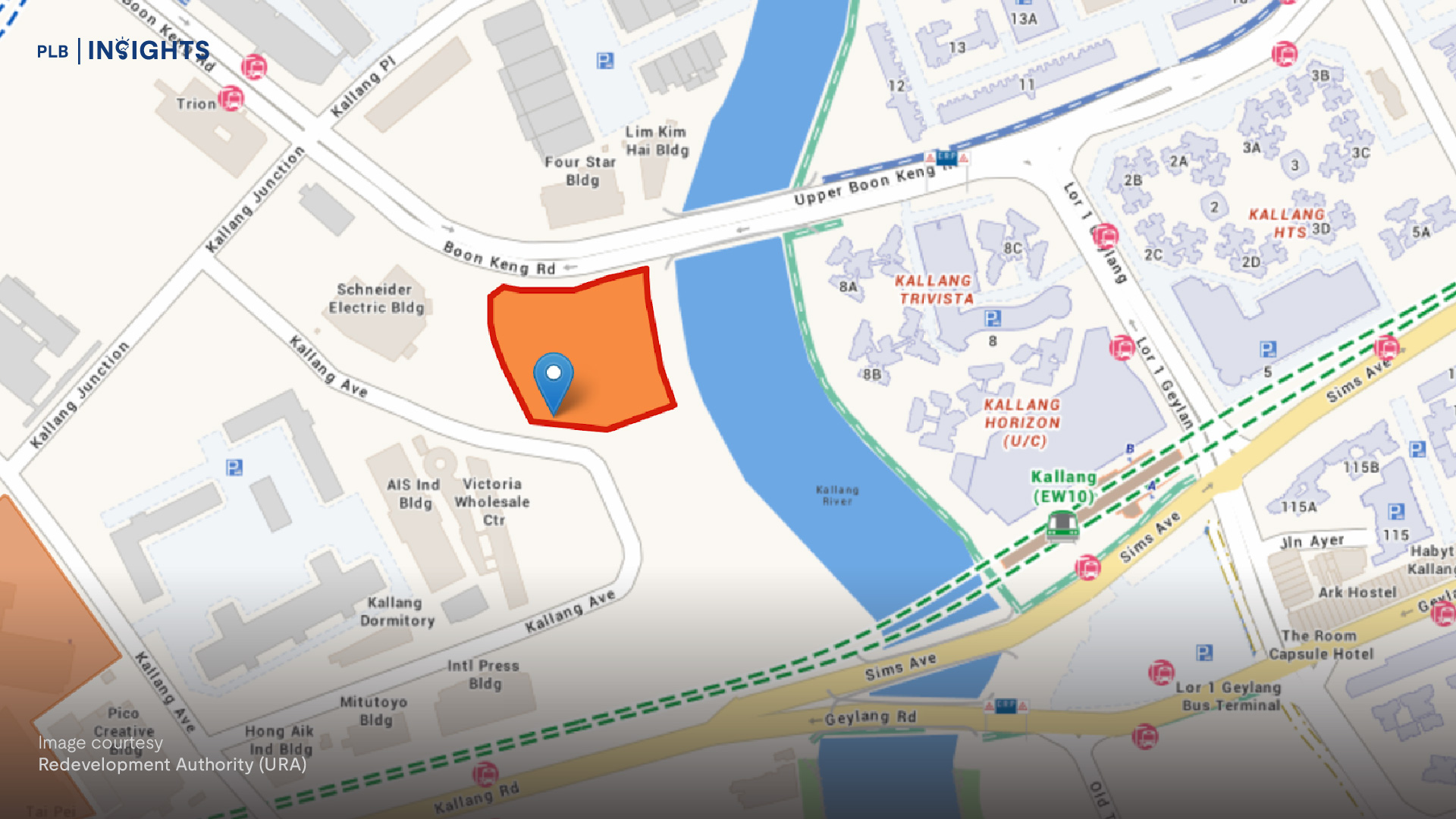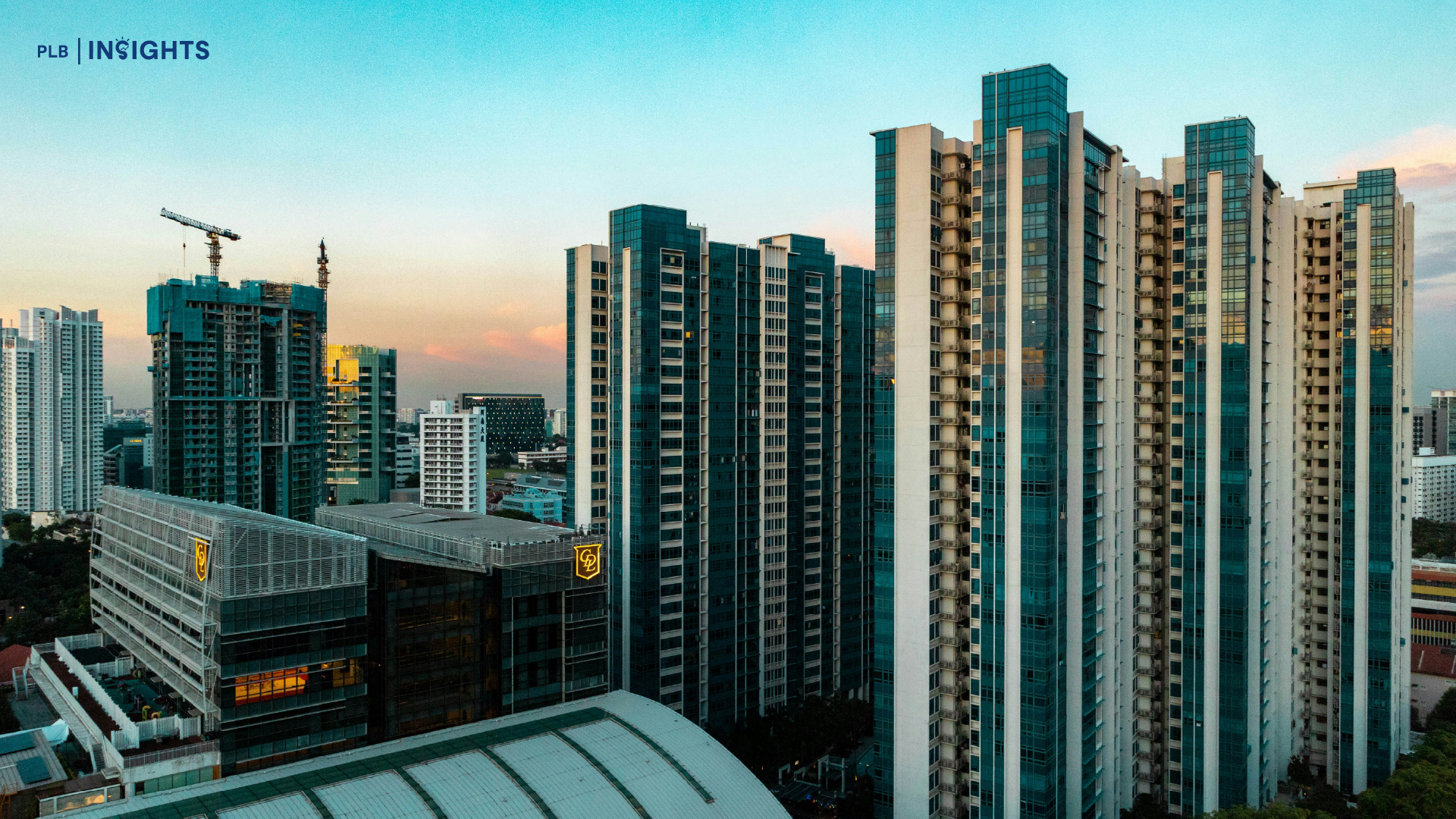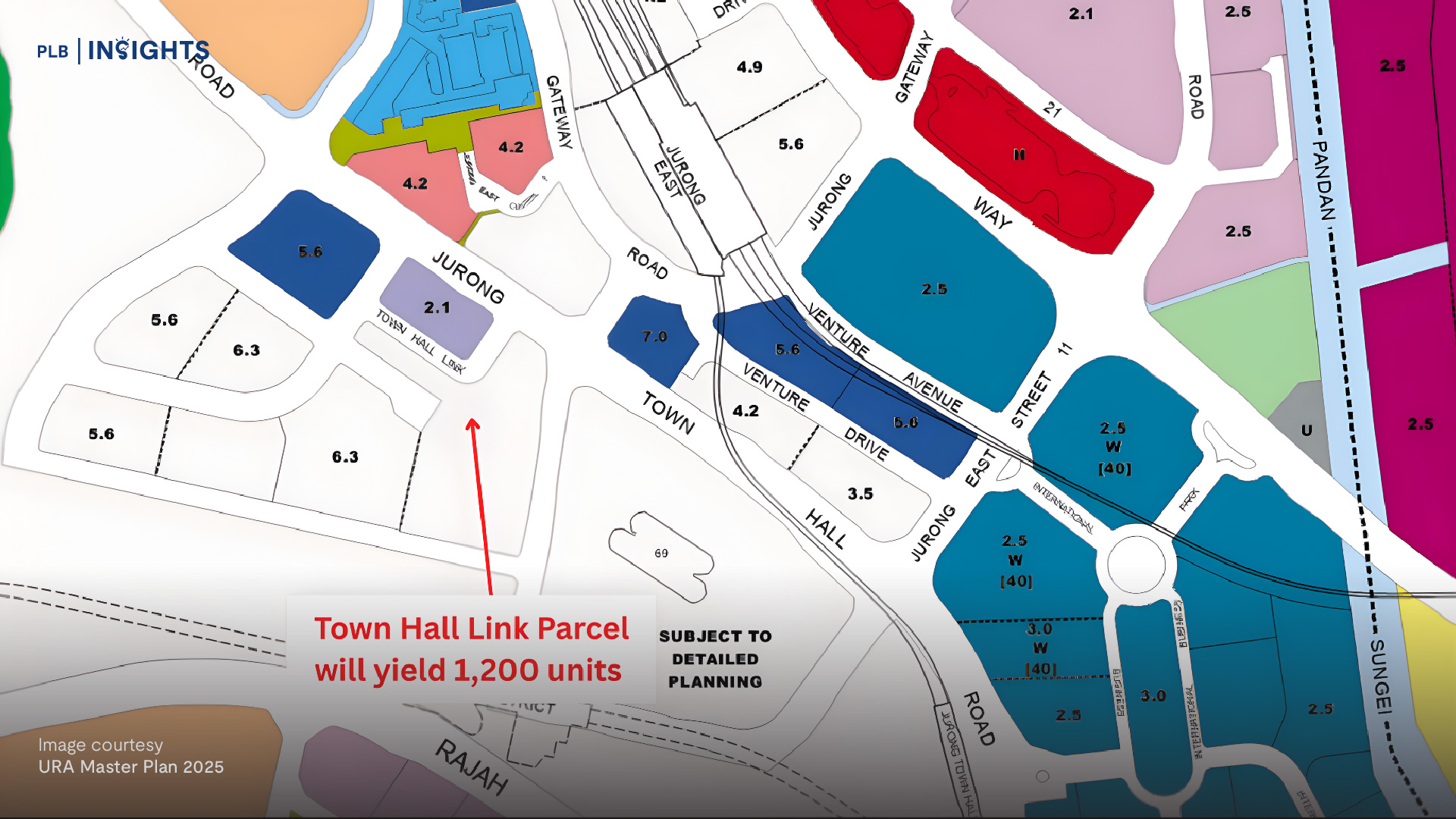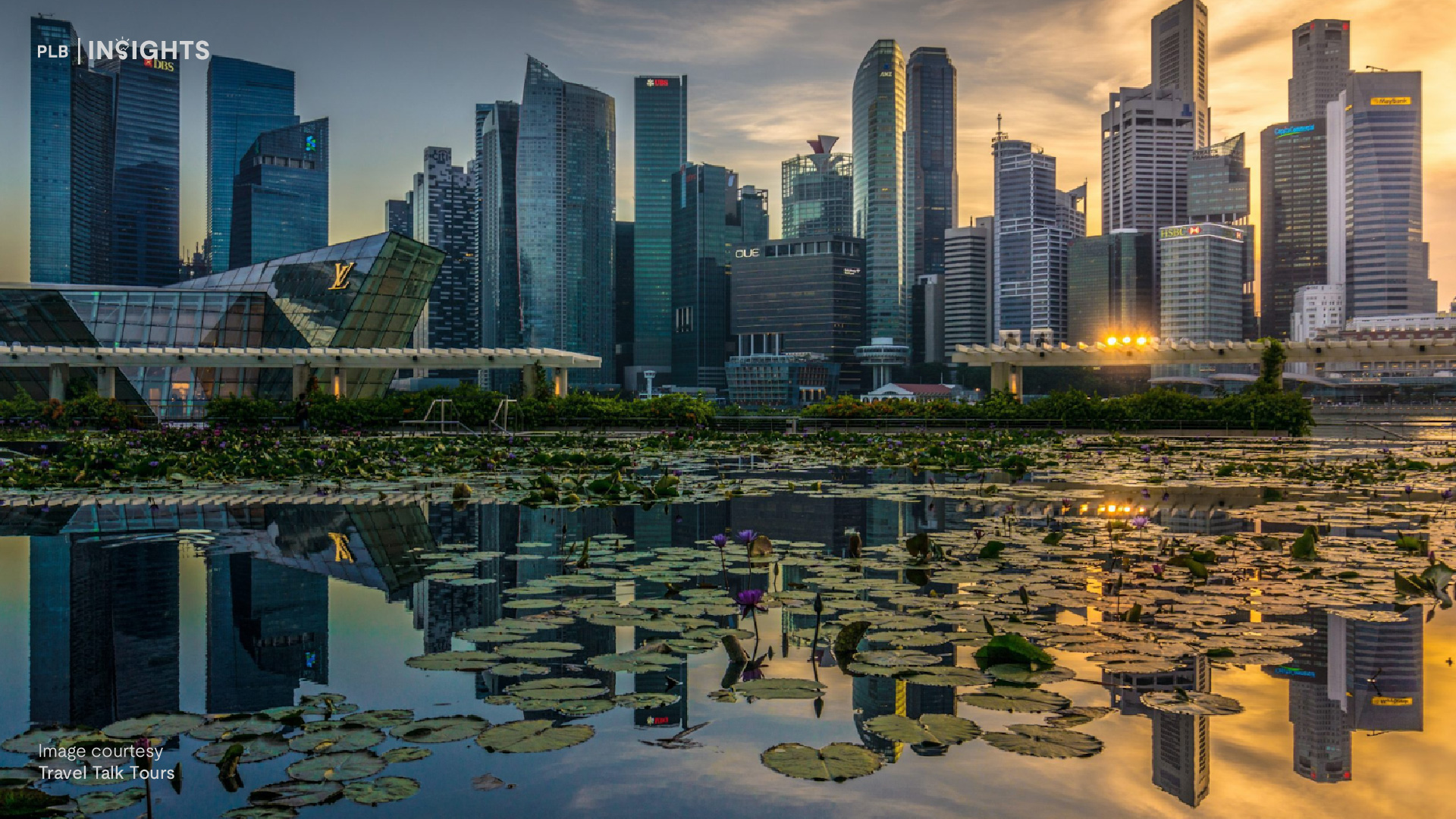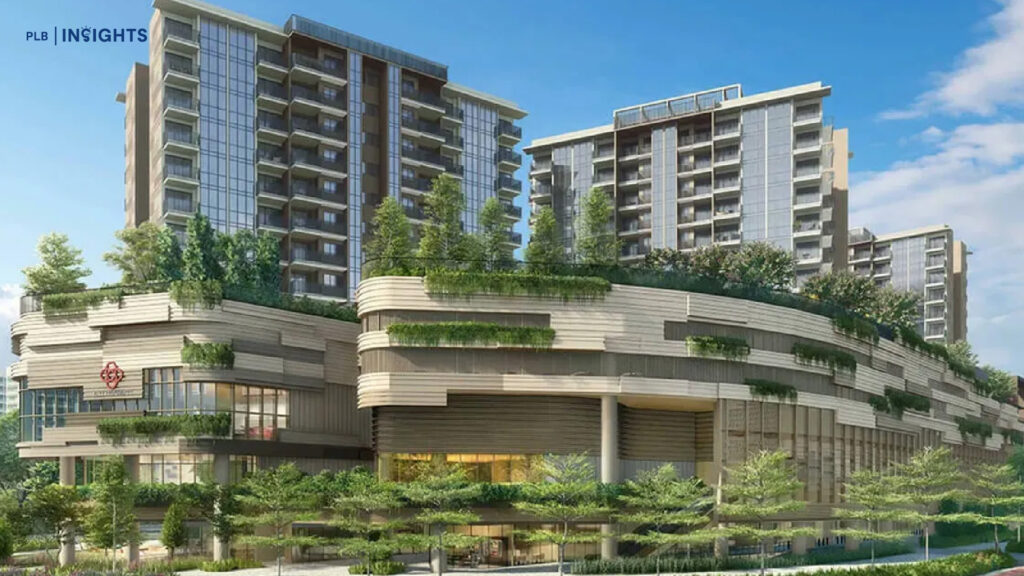
Would you enjoy having the MRT, a shopping mall, and amenities like a hawker centre or community club right below your home? In today’s property market, convenience is no longer just a bonus—it’s a necessity. While location remains the cornerstone of real estate decisions, the concept of convenience has become just as important. This is where mixed-use and integrated developments take center stage.
Over the years, Singapore’s urban planning has evolved to integrate residential, retail, and public amenities into single developments. This optimises land use while enhancing convenience for residents. Examples of such integrated hubs include Our Tampines Hub, Heartbeat@Bedok, and Kampung Admiralty. Within the property market, this concept has transformed from traditional mixed-use developments to more sophisticated integrated developments.
In this article, we break down the key differences between mixed-use and integrated developments, examine their appeal, and explore their benefits and quirks.
What Are Mixed-Use Developments?
Mixed-use developments combine residential and commercial spaces, often within a single building. Typically, residential towers are located above a commercial podium. The Urban Redevelopment Authority (URA) defines these developments under two zoning categories:
1. Commercial & Residential Zone: A minimum of 60% of the total gross floor area (GFA) must be allocated for residential use, with the remaining 40% for commercial use.
2. Commercial Zone: A minimum of 60% of the GFA is designated for commercial use, with the non-commercial component (i.e., residential) determined by the authorities.
Ownership of the commercial spaces can vary. These units may be owned and managed by a single entity, typically the developer, or sold as strata-titled units to individual owners. Generally, single-owner retail podiums perform better, as experienced developers can curate a balanced mix of anchor tenants and emerging brands. On the other hand, strata-owned malls often struggle with fragmented management and less cohesive tenant diversity.
What Are Integrated Developments?
Integrated developments are an enhanced version of mixed-use developments. In addition to blending residential and commercial spaces, these projects offer seamless connectivity to major public transport nodes such as MRT stations and bus interchanges. They may also be adjacent to community amenities like hawker centres, libraries, and community clubs, offering a more holistic lifestyle.
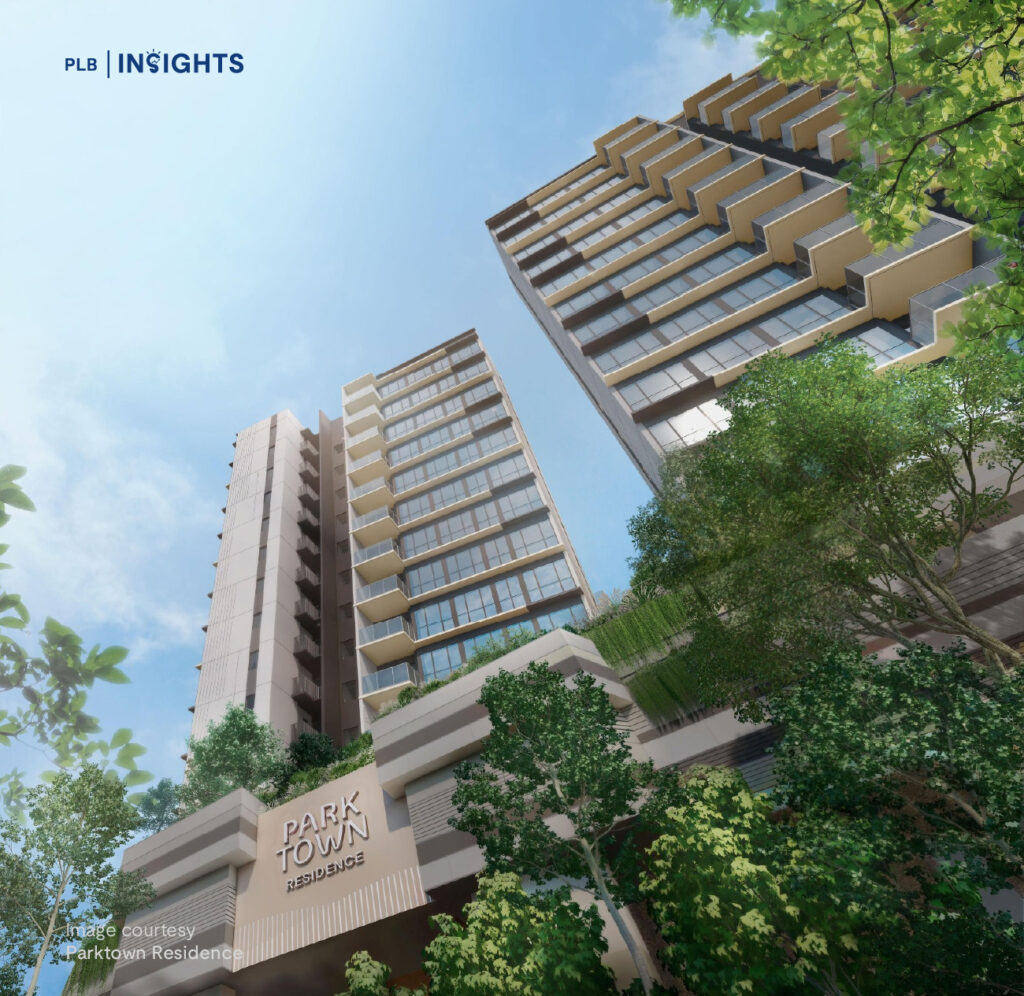
The upcoming project – Parktown Residence – exemplifies this evolution and is set to become Singapore’s largest integrated development to date. With 1,193 residential units, it surpasses previous projects like Marina One (1,042 units) in size and significance. Its 545,511-square-foot footprint, paired with its integration of a retail mall, a hawker centre, a bus interchange, and the upcoming Tampines North MRT station (Cross Island Line), positions it as a game-changer for Tampines North.
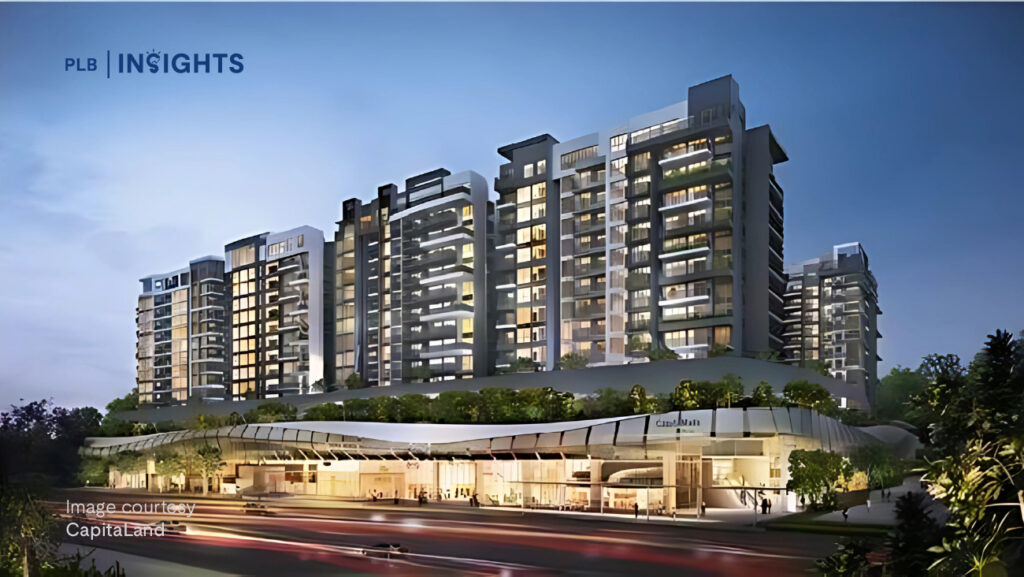
Also in the East, another example is Bedok Residences and Mall, which integrates Bedok Mall and residential units. Connected directly to Bedok MRT station and bus interchange via sheltered walkways, it provides residents easy access to the adjacent Bedok Hawker Centre and other community facilities.
The Allure of Integrated Developments
Integrated developments are highly sought after due to their convenience, scarcity, and investment potential. According to research analysis, buyers are willing to pay a premium of 7% to 19% for these properties. With fewer than 9,000 integrated residential units available currently, excluding Parktown Residence (less than 3% of total non-landed stock in Singapore), supply remains tight. Including Parktown Residence, the total residential units would account for 9,336 units.
Key Facts About Integrated Developments:
- The first integrated development, Compass Heights, was completed in 2002.
- Out of the 16 integrated developments in Singapore, nine are connected to both an MRT station and a bus interchange.
- Projects typically feature 400–600 residential units, with Parktown Residence leading the way with 1,193 units.
- The largest retail mall in an integrated development is Northpoint City, with a staggering 1,330,000 sqft of retail space.
Benefits of Mixed-Use and Integrated Developments
1. Unmatched Convenience
The biggest draw of integrated developments is, of course, convenience. Having MRT access, bus interchanges, and a well-curated mall right at your doorstep means you can breeze through daily life without breaking a sweat. Need groceries? There’s a supermarket downstairs. Got a craving? Your hawker centre or F&B outlets are just a short elevator ride away.
Take Parktown Residence, for instance—it will serve as the centerpiece of Tampines North, providing everything you need in one location. Especially it being the first in the Tampines region. The days of rushing for the last MRT or long bus rides for a meal will be a thing of the past.
2. Cost Savings
Integrated developments align perfectly with Singapore’s vision of a car-lite society. With MRT and bus access at your doorstep, there’s no need for private transport. Goodbye, hefty car loans and parking fees! Plus, having F&B outlets and supermarkets nearby eliminates reliance on costly food delivery services and reduces time spent traveling for essentials.
3. Investment Resilience
Properties in integrated developments hold their value well, even during market downturns. Their scarcity, superior connectivity, and curated amenities ensure strong demand from buyers and tenants. For investors, this translates to higher rental yields and steady appreciation in value over time.
The Quirks of Integrated Developments
Integrated developments aren’t perfect, but their quirks can be manageable.
1. Crowds, Crowds, Everywhere
One of the trade-offs of living in such a well-connected and vibrant location is dealing with crowds. If the mall becomes a popular hangout spot, residents might feel like they’re constantly navigating a mini Orchard Road just to get home. But hey, some people enjoy the hustle and bustle—it’s like living in the heart of the action.
2. Noise and Smells
With F&B outlets and transport hubs nearby, a little background noise or the occasional food smell is to be expected. Think of it as added ambiance—like living above your favorite restaurant or café. Proper management can help minimize these issues, but if you’re sensitive to noise, it’s worth considering a higher floor.
3. Parking Predicaments
In developments within city-fringe or central regions, parking spaces might be limited, especially for residents with multiple cars or visitors. But with the excellent connectivity these projects offer, you may not even need a car in the first place!
Final Thoughts: Meeting Diverse Needs
Integrated developments epitomize the future of urban living, seamlessly blending convenience, connectivity, and community into one cohesive experience. Parktown Residence, poised to be Singapore’s largest integrated development, is set to transform the Tampines North landscape. With unparalleled access to transport nodes, a retail mall, and lifestyle amenities, it redefines the meaning of modern, connected living. For an in-depth look at what Parktown Residence has to offer, you can watch our detailed review below or explore the full analysis here.
While there are some minor trade-offs, the benefits of integrated developments far outweigh these quirks for most homebuyers and investors. Whether you’re seeking a vibrant, convenient lifestyle or a future-proof investment in land-scarce Singapore, these developments tick all the right boxes. They are more than just homes—they represent a lifestyle upgrade that caters to the needs of modern urbanites.
Stay Updated and Let’s Get In Touch
Our goal is to provide you with comprehensive real estate information. Should you have any questions, do not hesitate to reach out to us!

